Brooks Adrenaline GTS 21
Two-minute review
The Brooks Adrenaline GTS 21 is a sturdy stability shoe designed for road runners looking for something dependable for everyday training. It's not flashy, but it's thoughtfully constructed where it matters, and is extremely comfortable when you're putting in the miles.
It's a minor upgrade from the GTS 20, with the key difference being the use of Brooks' DNA Loft foam throughout the length of the midsole for a slightly more cushioned ride. The 3D printed mesh upper has also been tweaked for a more snug fit (though there's plenty of room in the toe box, even if you don't opt for one of the wider fit options).
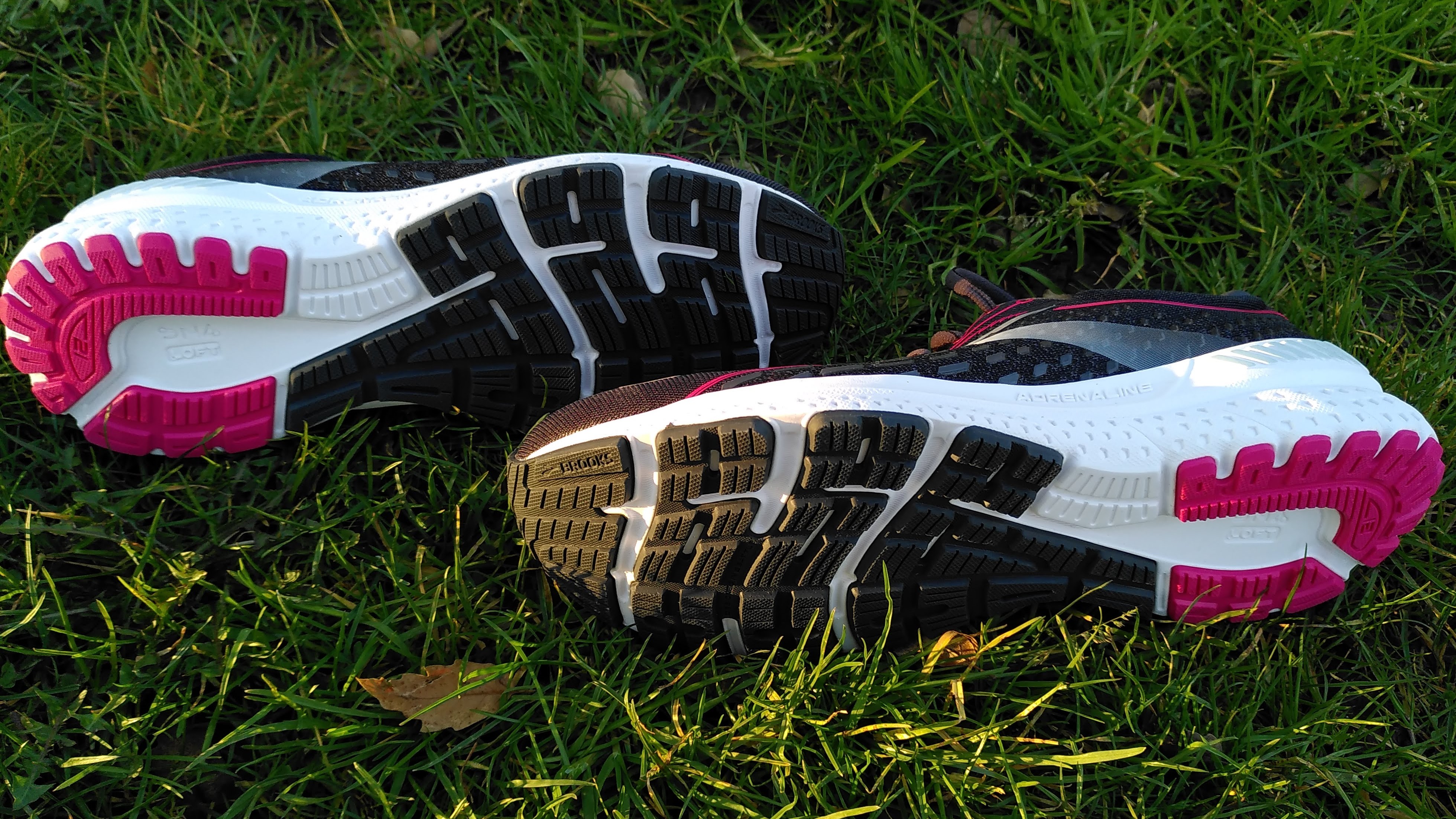
Overall, the feeling is smooth and (as promised) very stable. That's partly down to Brook's GuideRails support system, which we'll describe in further detail below. This is intended to prevent your foot from rolling inward or outward, without the need to resort to orthotics.
While this isn't an excessively chunky shoe, the sole unit is definitely pretty wide around the heel, which also adds to the feeling of stability. There's plenty of rubber in contact with the ground - and hopefully you'll find it wears more evenly than usual thanks to the shoe's guidance.
Price and release date
The Brooks Adrenaline GTS 21 was released on November 1 2020 (one year after the GTS 20), and is available for £120 / $130 / $239.95.
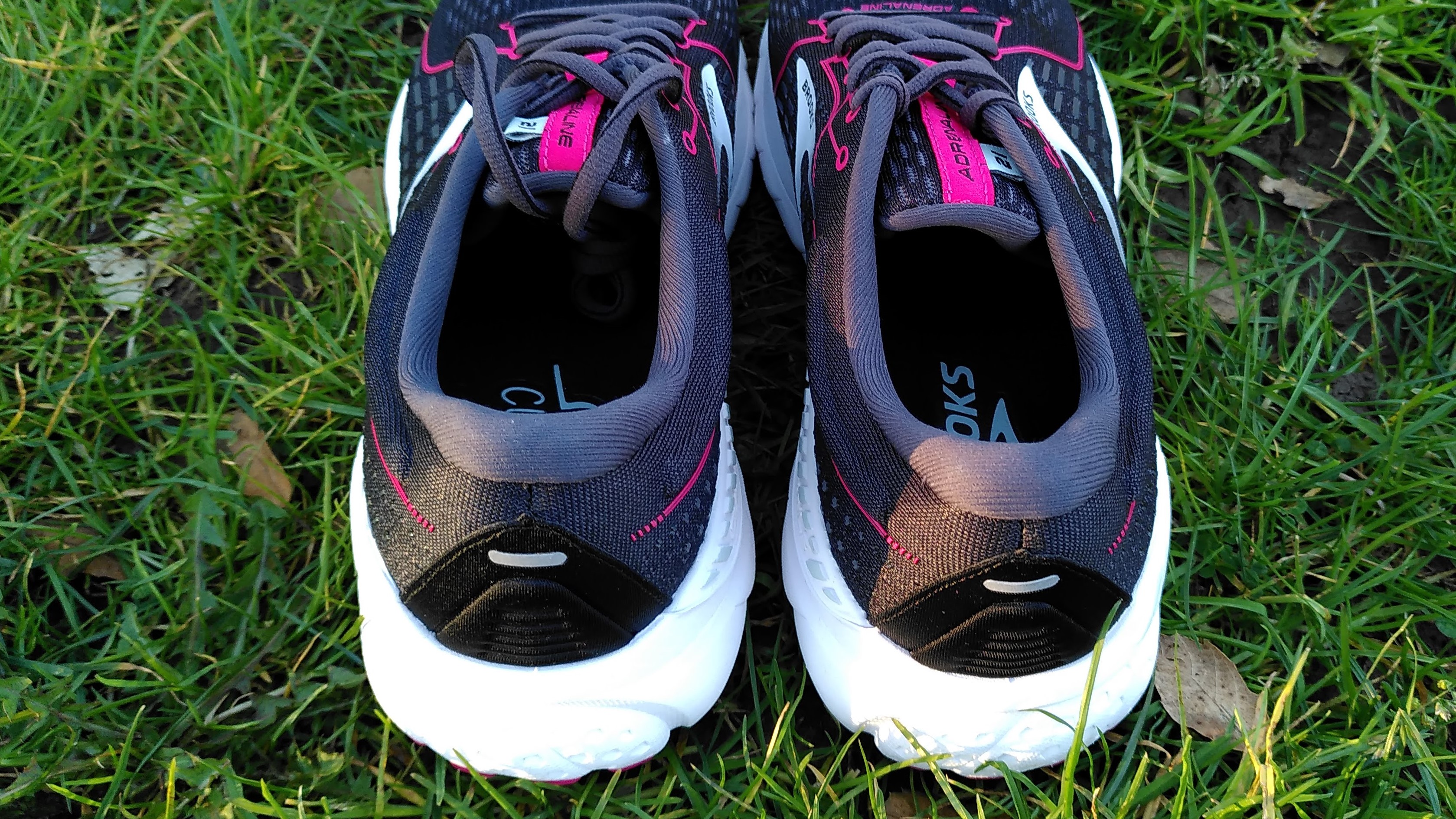
Design
The Brooks Adrenaline GTS 21 is a support shoe, with the cushioning and rigid sole unit you'd expect. Compared to last year's GTS 20, it uses more of Brooks’ DNA Loft material in the midsole (a cushioning material made from EVA and rubber, designed to be soft and lightweight, but durable).
DNA Loft now extends along the outside edge of the midsole for smoother transition as your foot rolls, but Brooks has opted to keep the firmer BioMoGo foam on the inside. This is a good compromise that provides a little extra cushioning, while also preventing the sole unit from twisting.
The GuideRails support system is designed to contros movement as your foot rolls, and is intended to reduce excess rotation of your heel and shin. It consists of two firm pieces of foam on either side of your heel.
They are noticeably stiff, and the foam on the outside part of the shoe is higher and firmer, which is intended to stop your foot rolling outwards. We found it very comfortable, but it's worth bearing in mind that this may prove uncomfortable if your feet are quite shallow, as the foam may come into contact with your ankle bone.
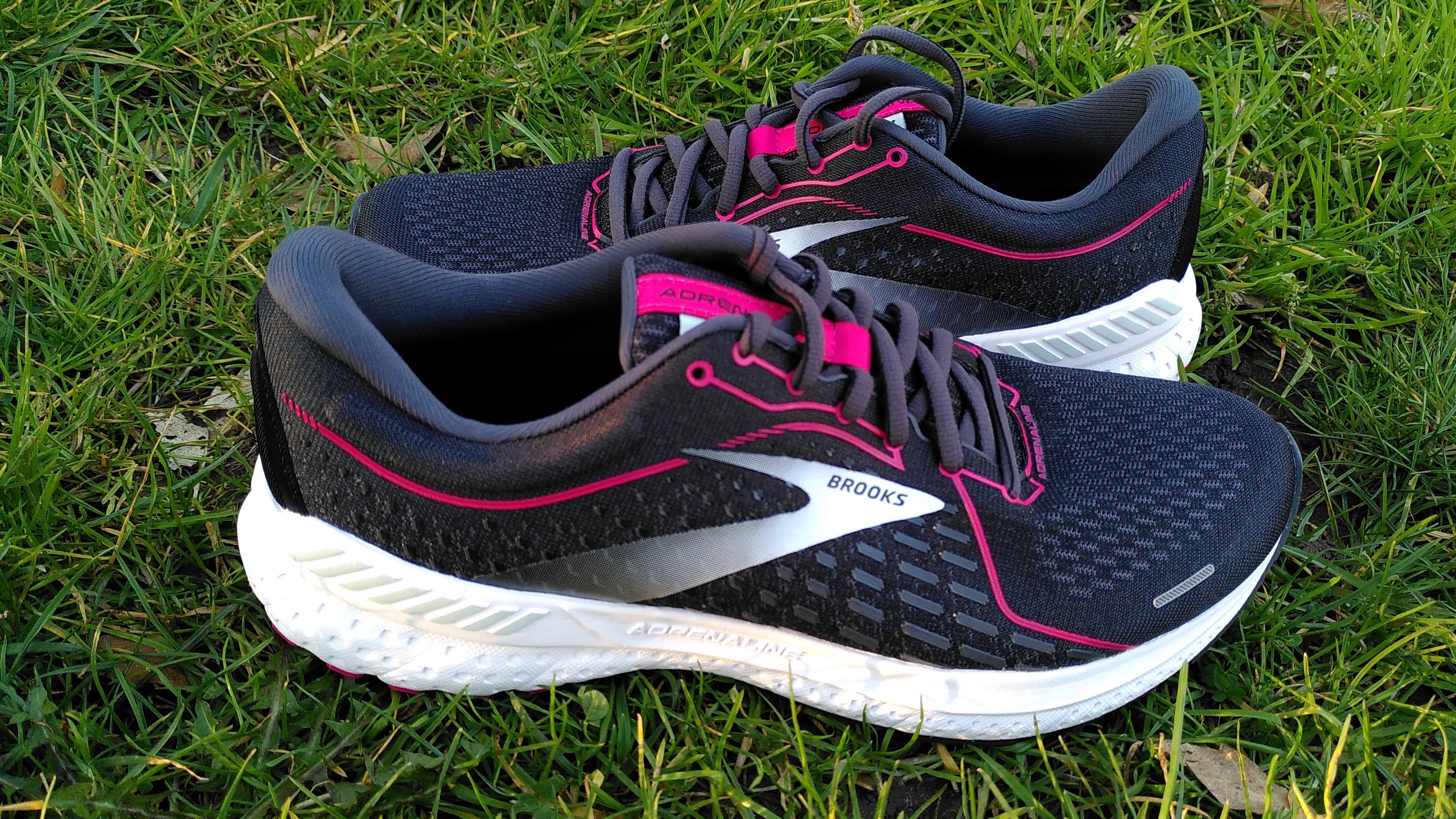
It's also worth noting that this shoe has a fairly high arch, and won't be best suited to runners with particularly flat feet.
The Adrenaline GTS 21 is available in both men's and women's sizes, and in four widths: narrow, regular, wide, and extra-wide. We tested the regular women's model, and found that although the width was quite generous, the laces don’t have too much stretch, allowing for a snug fit with careful lacing. Your heel is also held securely to prevent slipping.
It comes in a wide range of colors (the model we tested was Black/Raspberry Sorbet/Ebony), though not all are available in all widths or all countries. Small reflective patches on the heel and forefoot provide a little additional visibility at night, but are discreet in daylight.
Performance
If you've used and enjoyed Brooks stability shoes before, we're confident you'll get on well with the Adrenaline GT 21 – and if you haven't (favoring brands with fancier proprietary materials), you may be pleasantly surprised.
As expected, the ride feels smooth and very stable. This is definitely a firm shoe, but not unpleasantly so. The rigid design ensures good transfer of energy as your foot rolls, while preventing unwanted twisting.
Although the GuideRails are definitely firm (particularly the lateral one), we were able to forget about them while running and simply enjoy the stable feeling they provide.
(If overpronation is causing you serious grief of course, you'll need professional advice on your biomechanics – there's a limit to what any shoe can provide.)
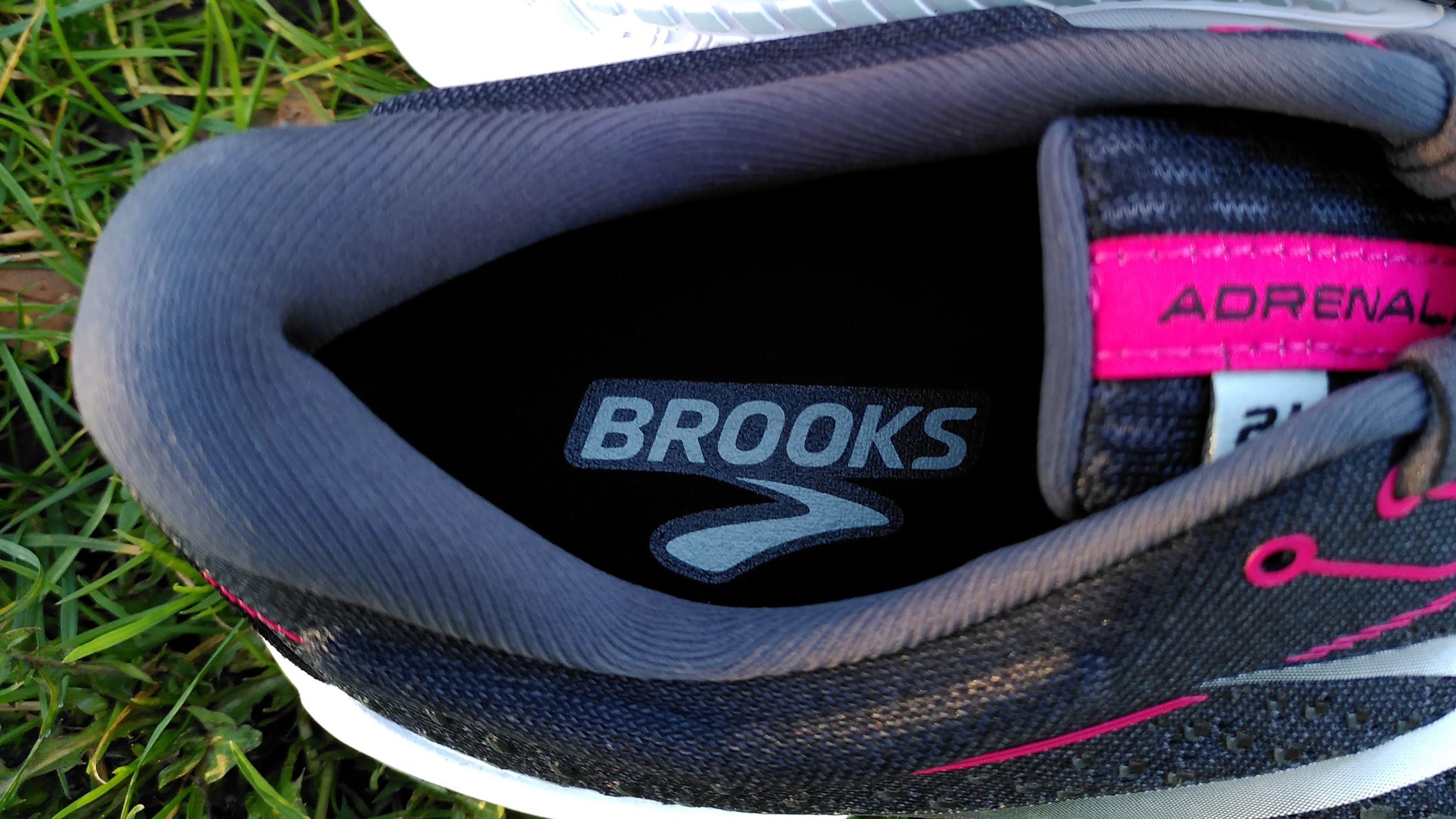
This shoe has a 12mm heel drop, which is on the higher side, even for a stability shoe (2mm higher than the Asics GT-2000 9), which combined with the extended DNA Loft cushioning, makes it a particularly comfortable choice for heel-strikers. It's soft, without being bouncy.
They aren’t the most breathable shoes we’ve tried recently (Saucony’s engineered mesh gives more airflow), and our testing took place in early spring so we haven’t been able to try it out in hot weather yet, but we found it comfortable even for long training sessions. We'll look forward to trying the shoe once the weather warms up to see how it holds up when outdoor temperatures rise.
The upper's padding is well positioned, though; the tongue is nicely cushioned without being excessively thick, and your heel is held securely in place.
The 'GTS' stands for 'Go To Shoe', and it's a name this latest iteration of the Adrenaline lives up to. Comfortable and dependable straight out of the box, they're a great all-round training option if stability is your chief priority.
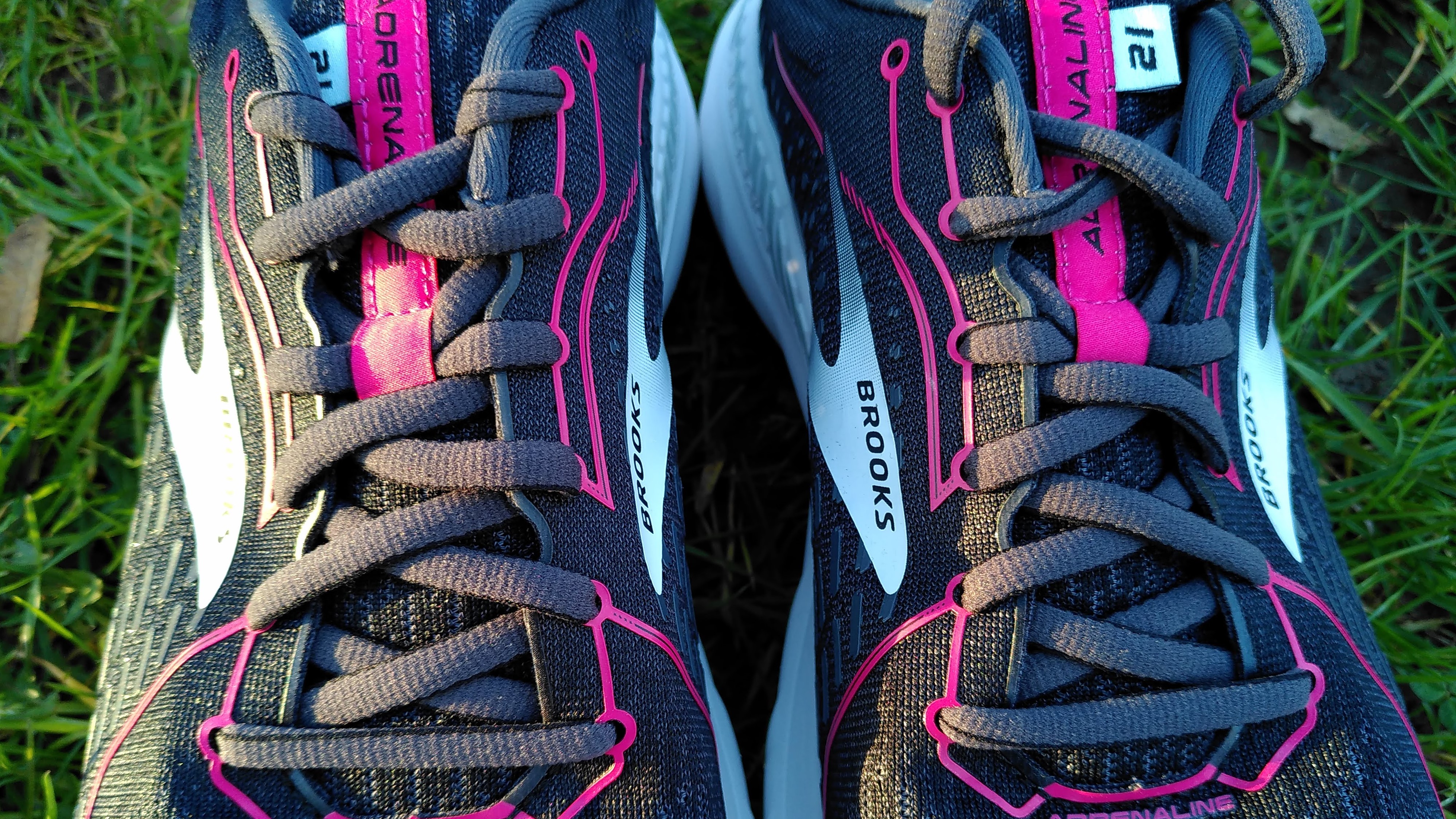
Buy it if
You struggle with overpronation
The Adrenaline GTS 21's GuideRails system effectively limits twisting motions as you run, helping keep your gait neutral. It might not replace your orthotics, but it's one of the most effective support designs we've tried.
You're recovering from injury
The shoe's well cushioned and supportive design will help protect your joints if you're getting back into running after taking time out.
You have wide feet
The Brooks Adrenaline GTS 21 comes in a choice of four widths, from narrow through to extra-wide.
Don't buy it if
You have shallow feet
The lateral GuideRail is stuff and positioned fairly high, so if you have particularly shallow feet you may find it makes contact with your ankle bone.
You have a flat arch
This shoe has a high arch, and may not be comfortable for flatter-footed runners.
You're a forefoot striker
Well, you should definitely still consider it, but heel strikers will benefit most from the high drop and ample cushioning in the back.
- Take a look at our guide to the best running watches
0 comments:
Post a Comment